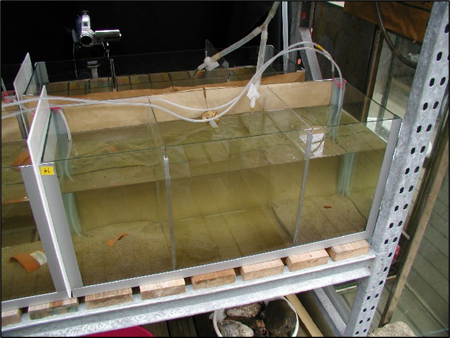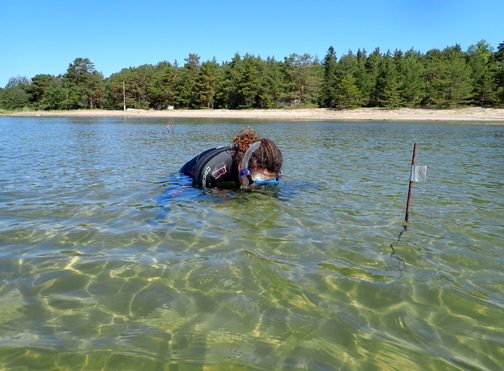How do organisms handle changes in their environment? Behaviour and behavioural flexibility provide a potentially important mechanism for this both on an ecological and evolutionary time scale. Fish species with complex breeding behaviour (nest building, parental care, etc) provide excellent opportunities for studying and understanding ecological factors affect mating systems and the fitness value of different behavioural strategies.
Species breeding in shallow water, such as gobies and sticklebacks are affected by a number of important environmental factors including temperature variation, wave action and habitat structure. In our research we are trying to understand how these factors generates variation in natural selection and especially in sexual selection. Temperature directly impacts individuals and their reproduction through its effect on physiology, morphology, and behaviour. Therefore, temperature is likely to affect many population level processes including the mating system and sexual selection. The impact of waves can be important especially for nest constructing species in shallow waters and can increase the cost of maintaining the nest and cause severe disruption in breeding. Finally, variation in habitat structure creates variation in the suitability of breeding sites, variation in food availability and may affect the amount of interaction between individuals of which the latter can be especially important for sexual selection.
Our work is done mainly at Korpoström using field observations and field experiments and aquarium experiments.
Research group and collaborators:
Prof Kai Lindström
MSc Viktor Finnäs
Prof. Charlotta Kvarnemo
Prof. Katja Anttila
Doc. Sami Merilaita
Dr Topi Lehtonen


Projects:
| Period | Name |
| – | Water turbidity and foraging decision in the stickleback |
| – | Personality variation in the invasive mud crab |
